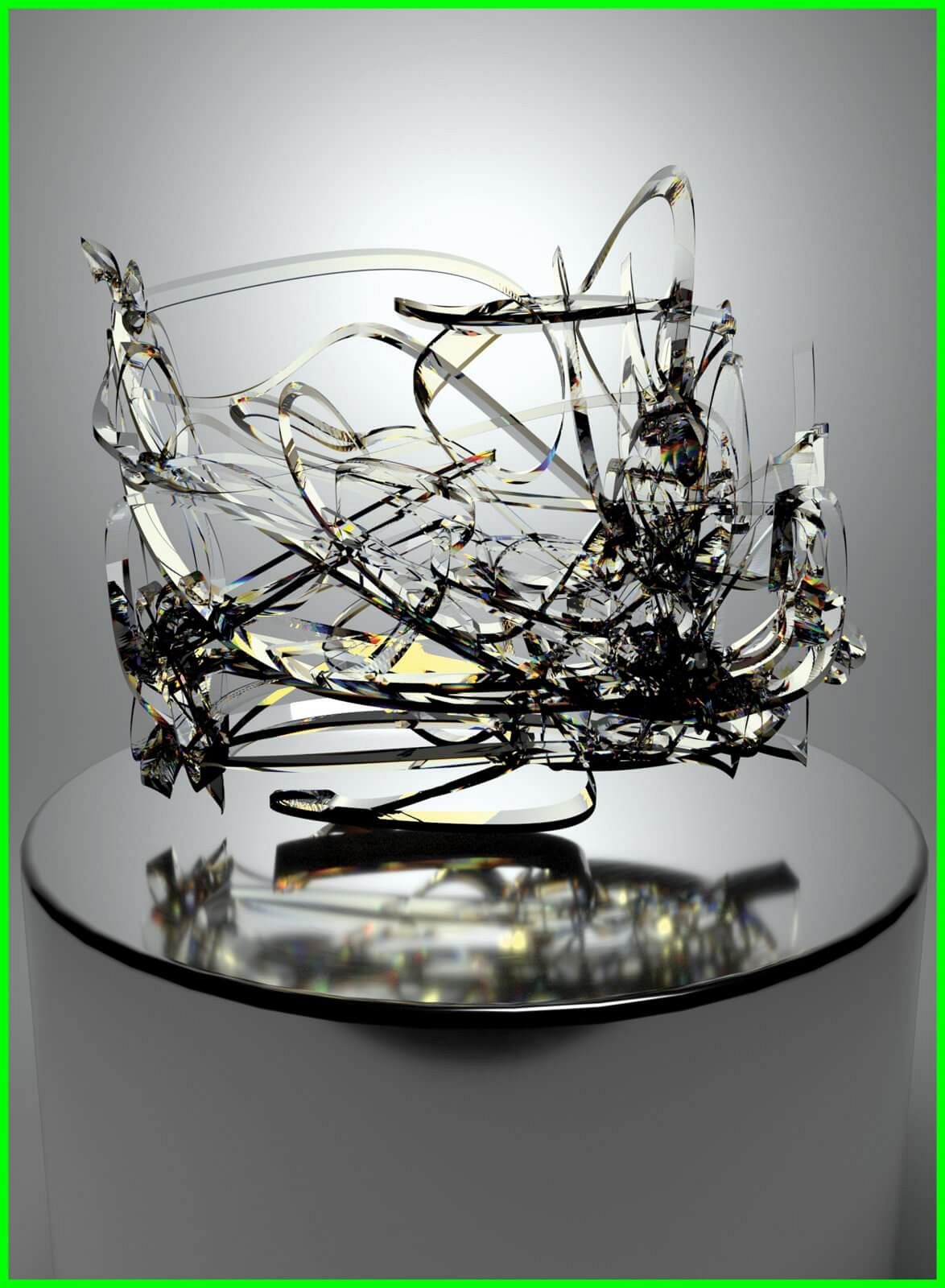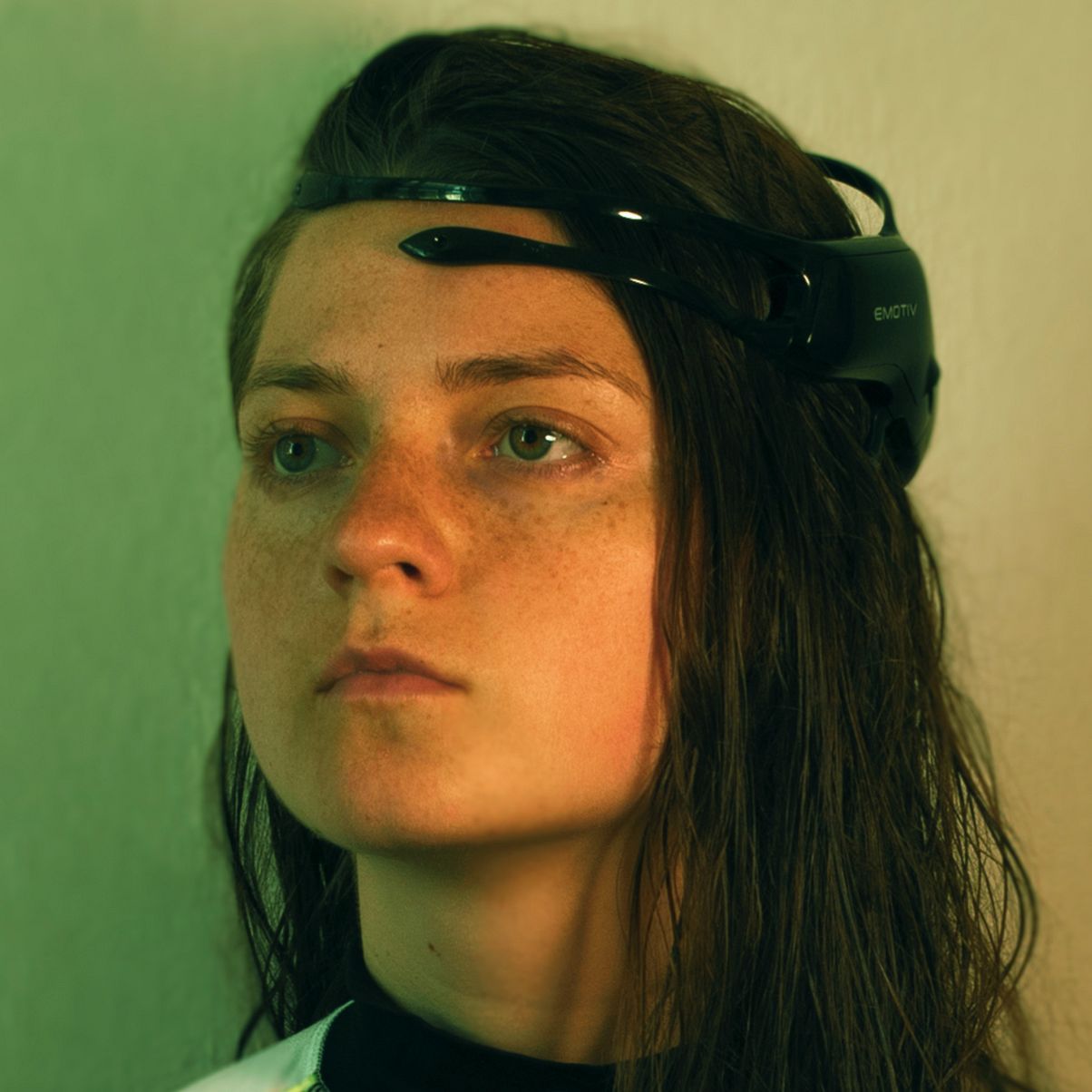
Arina Livadari
Internship: GUP magazine
Arina is a visual designer exploring the intersection between graphic design, technology and storytelling. Being an Interactive/Media/Design student and an art education migrant in the West was a conscious territory for exploring the ways design and technology transform aesthetics in contemporary culture and shape various aspects of the future by rethinking the hybrid relationship between past and present. As an ideator going through an experimental phase, Arina tends to embody her artistic interpretations around the political and social behaviour of people she is surrounded by.
GRADUATION PROJECT
With almost half of Moldova’s population abroad, the only place where its citizens can unite and protest against the corrupt government is through the virtual realm. TMKD is a cross-sectional speculative project meant to rethink design, technology and politico-social inclusion, by introducing a new way of protesting in the digital age. The long-distance protester gets a portable kit delivered at their doorstep. The kit (containing an Arduino UNO and an EEG scanner) is used for measuring one’s pulse, level of cognitive engagement and environment humidity, thus uploading the quantified bio-data into the machine, which simultaneously feeds a collective, ever expanding 3D sculpture.
THESIS
This Machine Kills Dictators
According to the United Nations Development Programme (UNDP), Moldova is the fastest shrinking country in the world with more than 106 people leaving daily and never coming back. The thesis 'This Machine Kills Dictators' explores the potential of storytelling as a tool for long-distance protesting, and emphasises its quality in healing home sickness.
The title was inspired by the American singer-songwriter Woody Guthrie who, back in the 30s, would frequently perform under the slogan “This Machine Kills Fascists” displayed on his guitar. The thesis dives deeper into the importance of ‘unblanketing’ the historical past in order to understand the present, through an autoetnographical exploration of the intersection between my personal history and political analysis.
As an art/design student with post-Soviet world views reshaped in the West, in her thesis, Arina uncovers the potential of storytelling to become a “machine that kills dictators,” while referencing works produced at the Royal Academy of Art. The thesis furthermore explores the potential of art, design and technology – revolutionary machines functioning as contemporary storytelling tools – to generate presence. Is art and design merely a medium for storytelling, or can it be a revolutionary apparatus as well?
